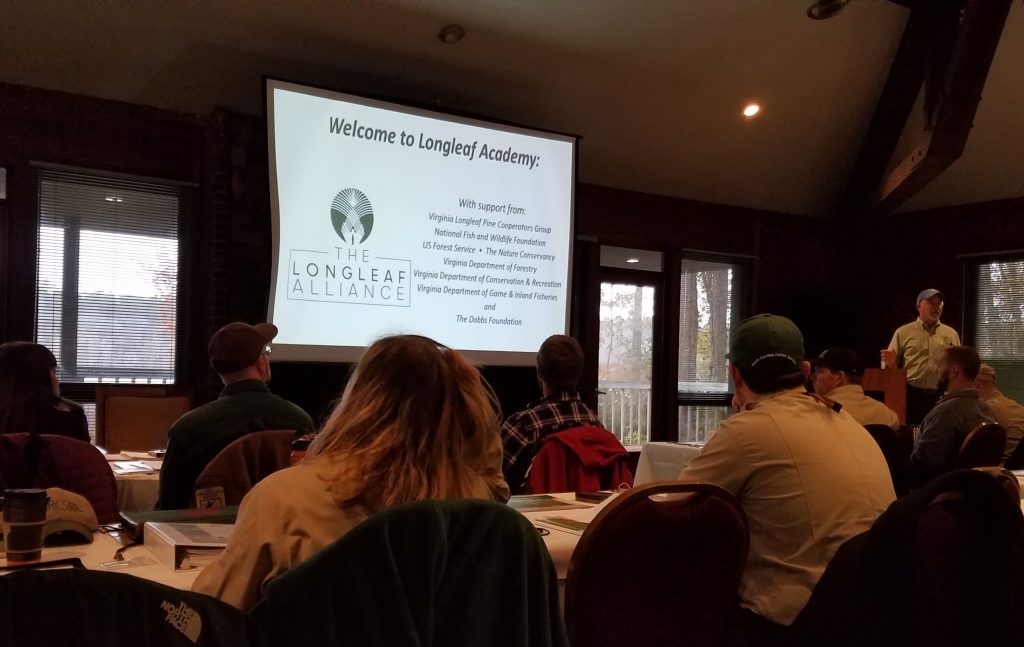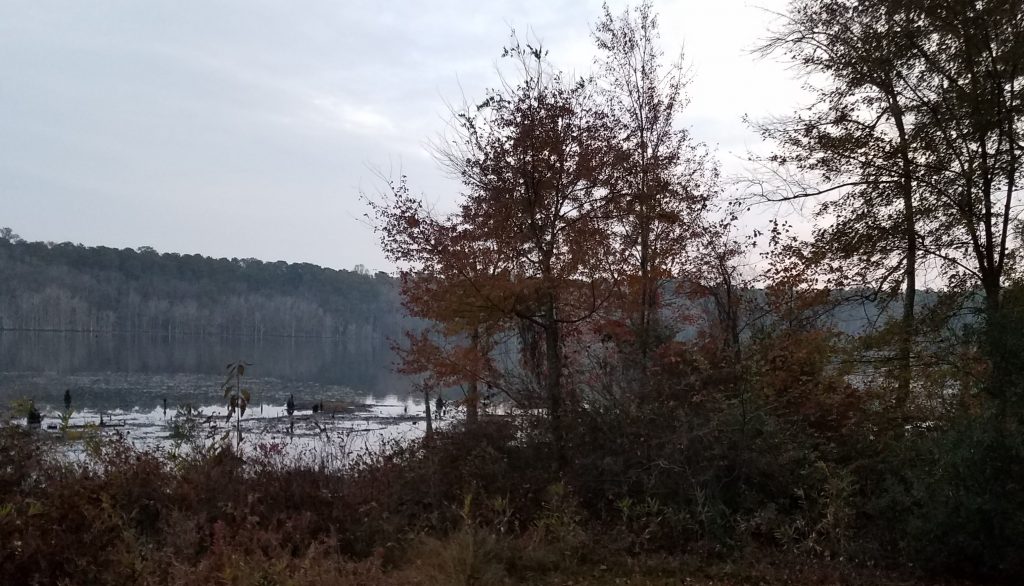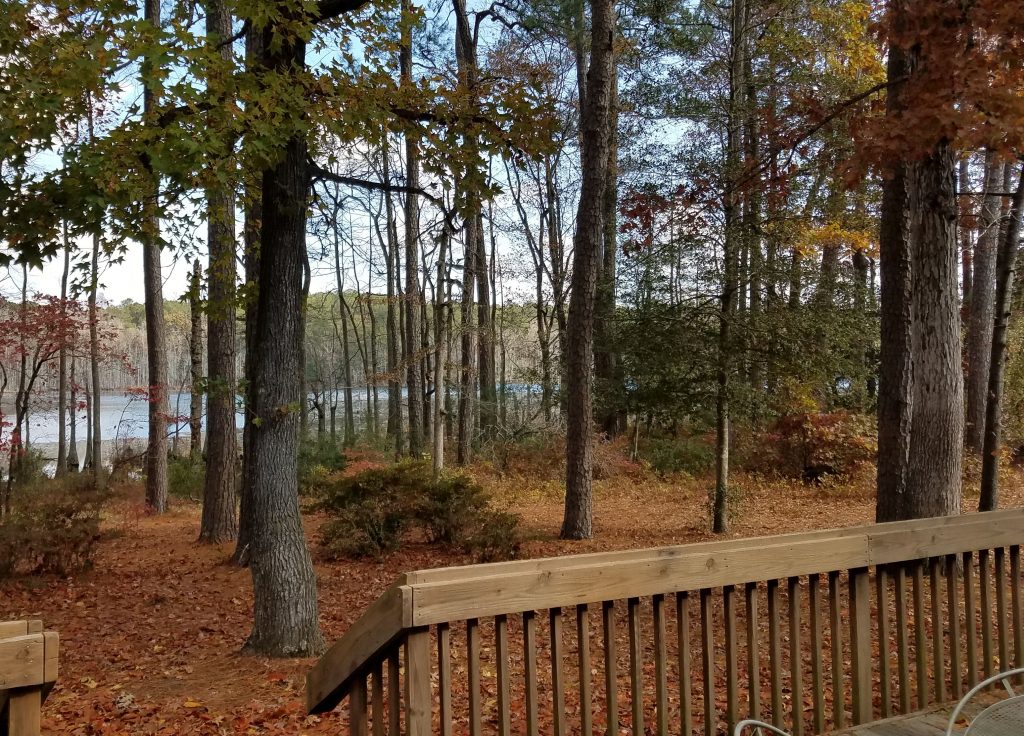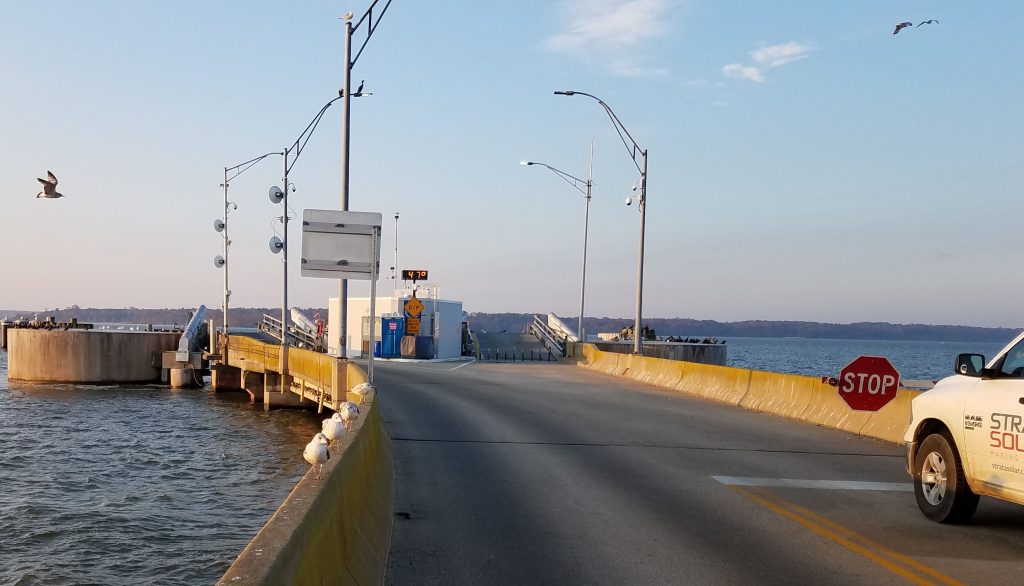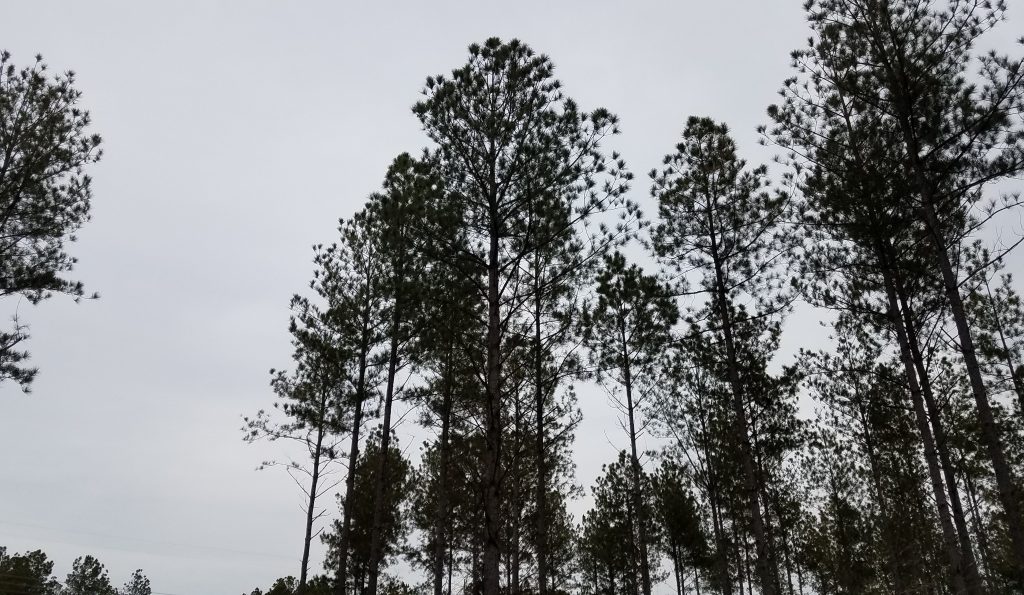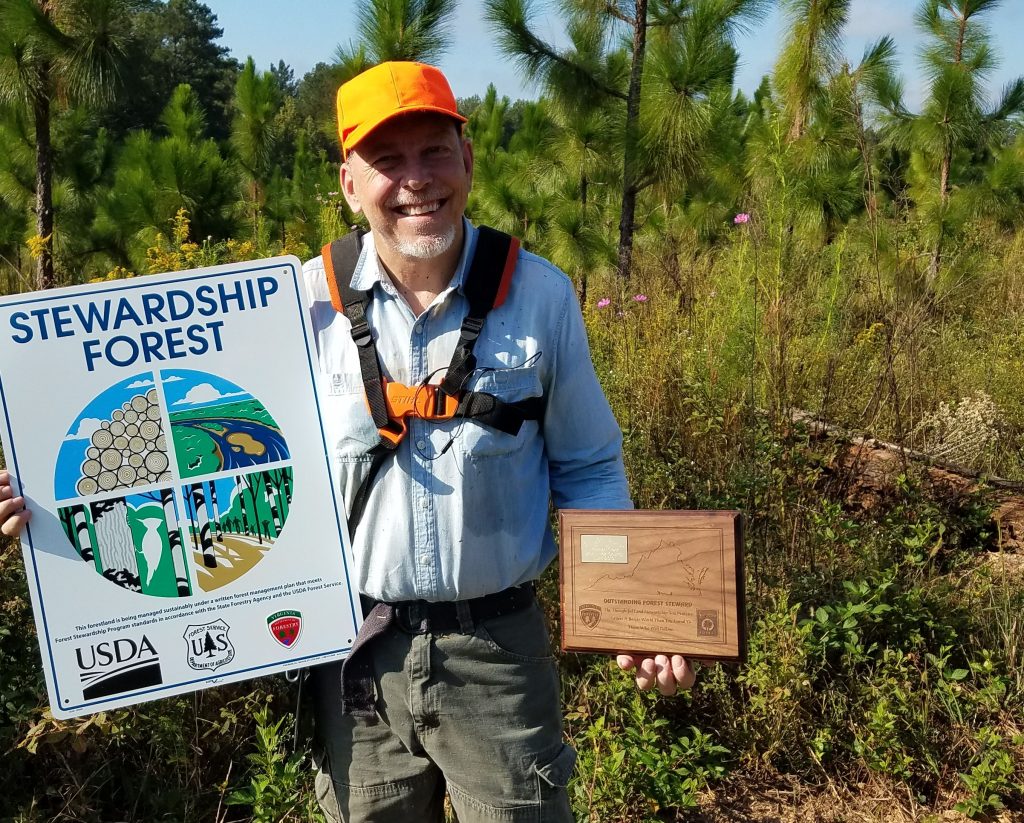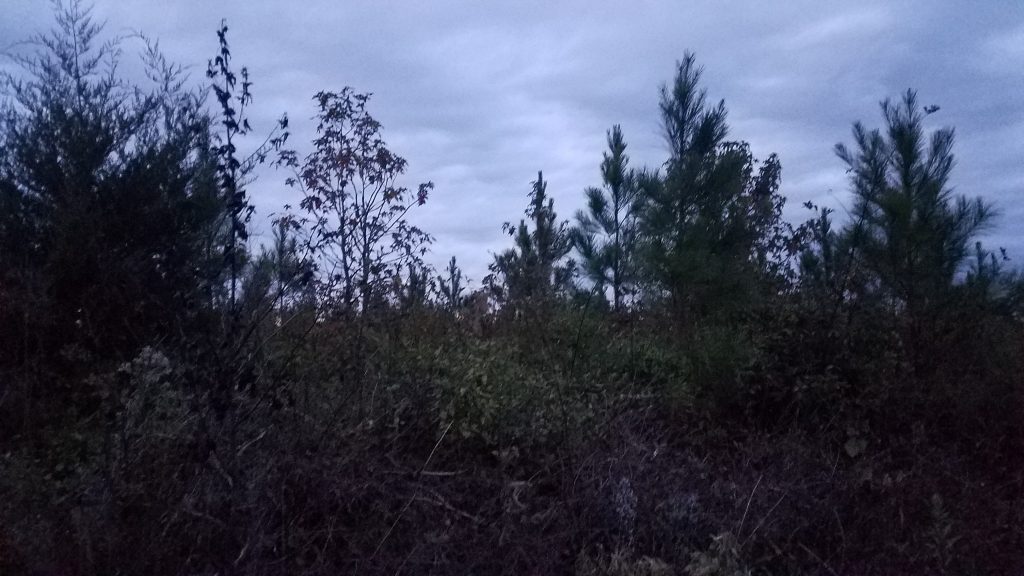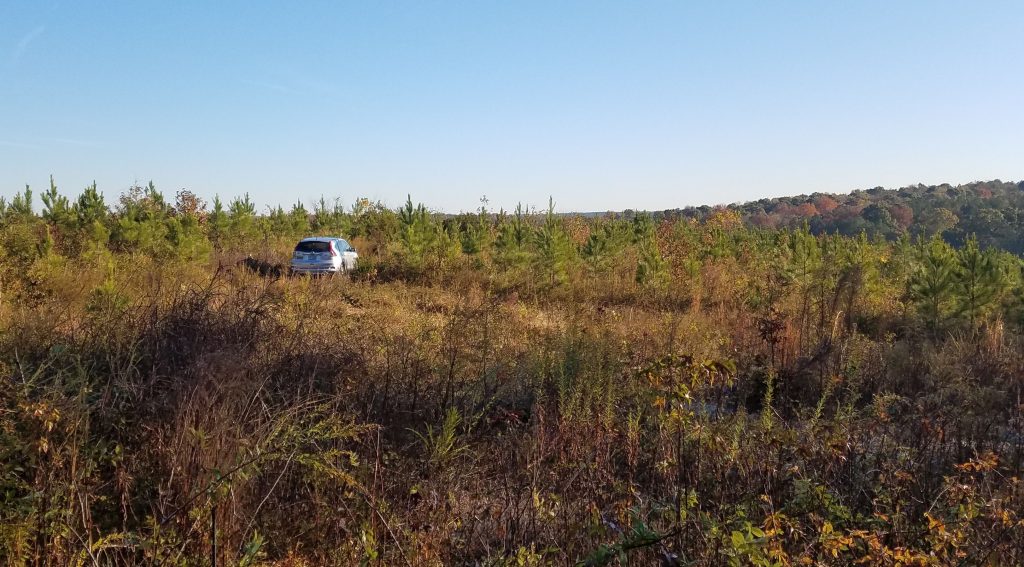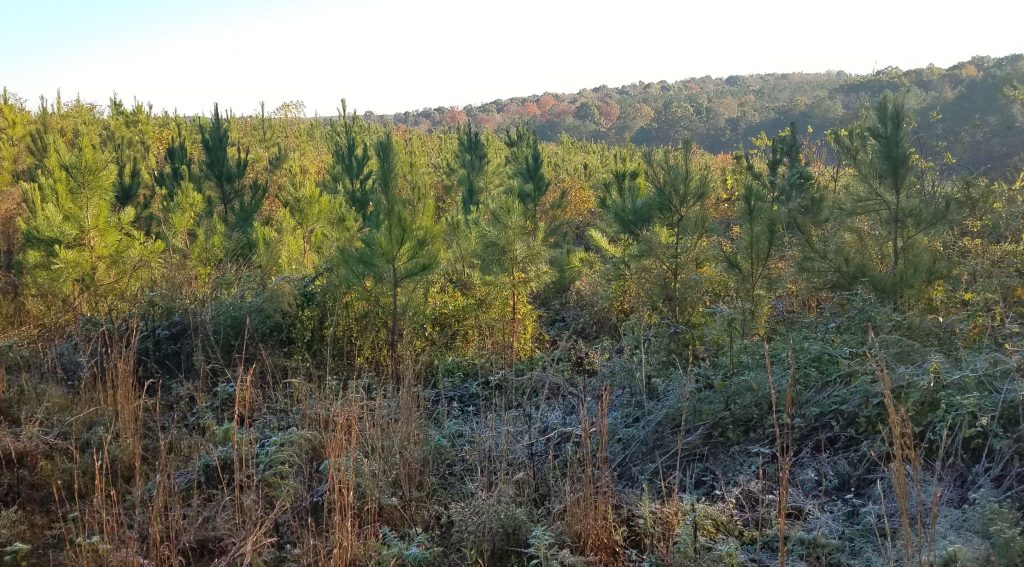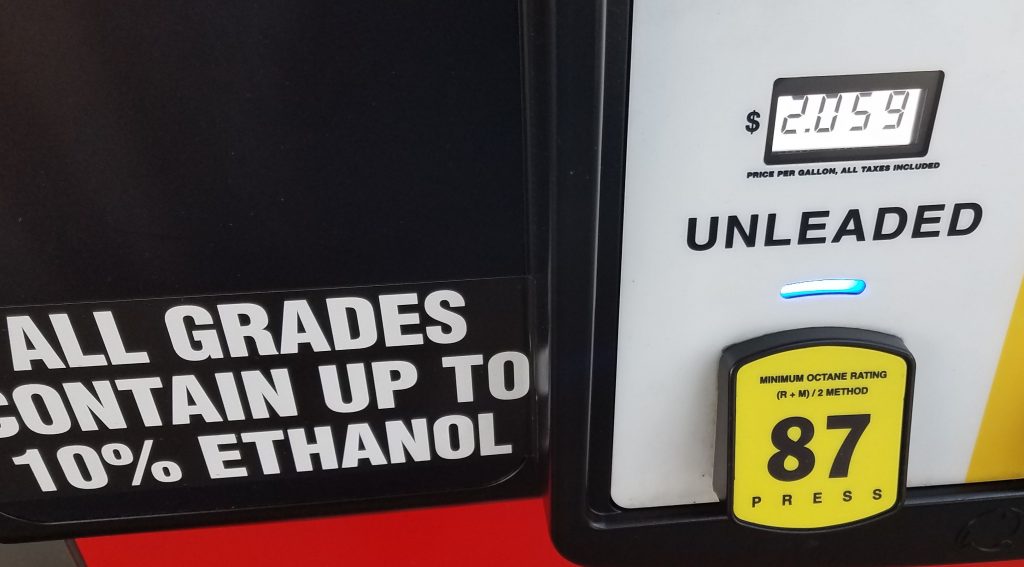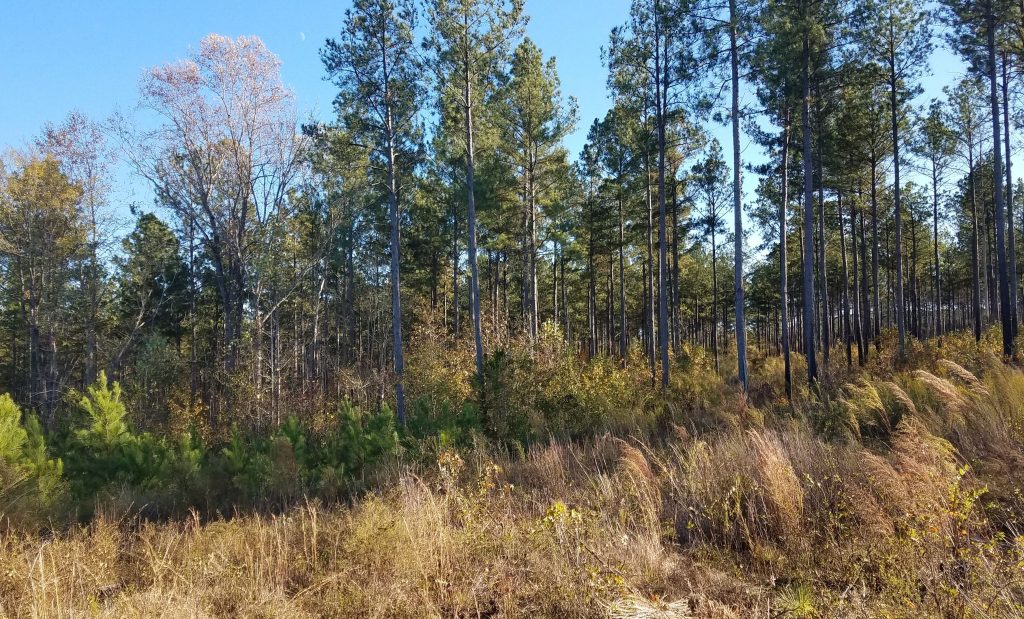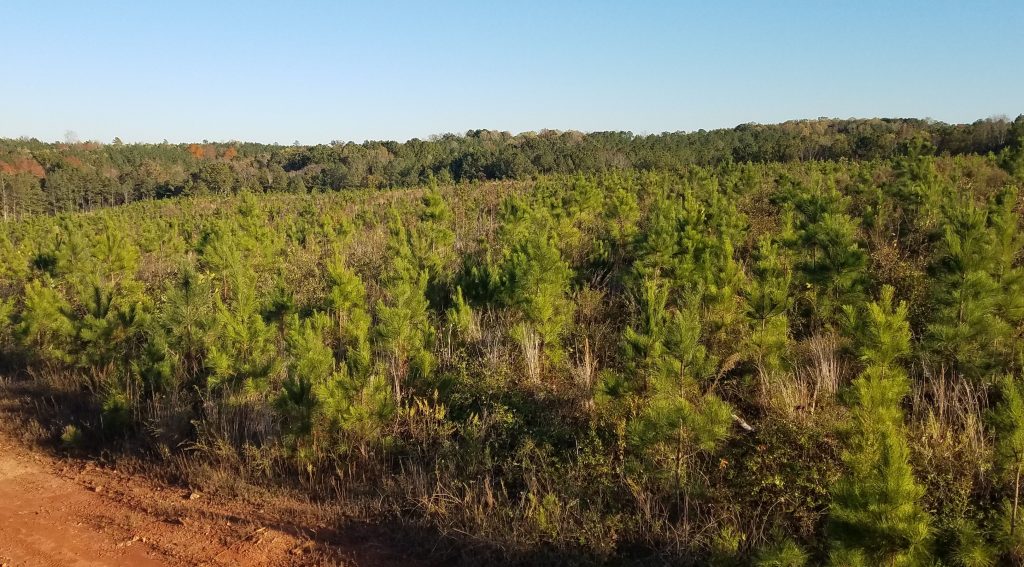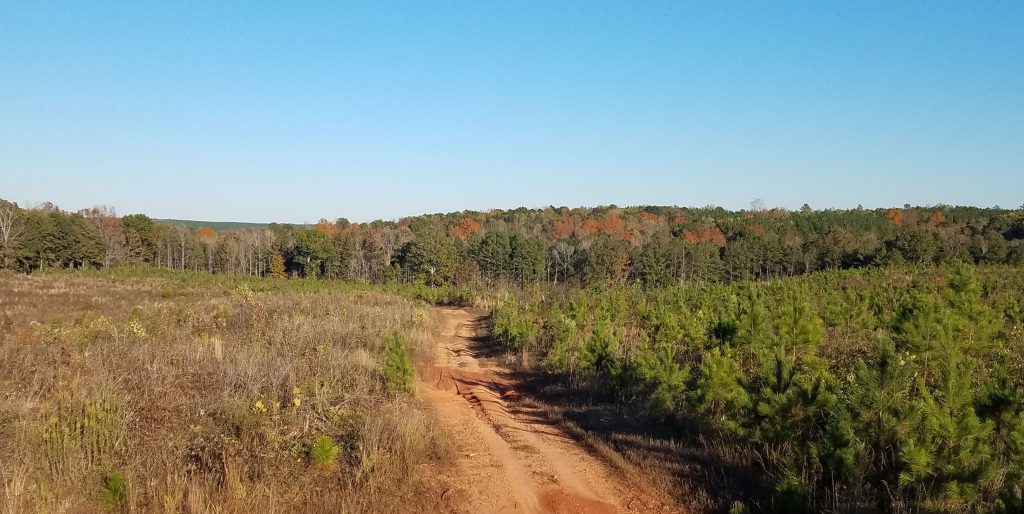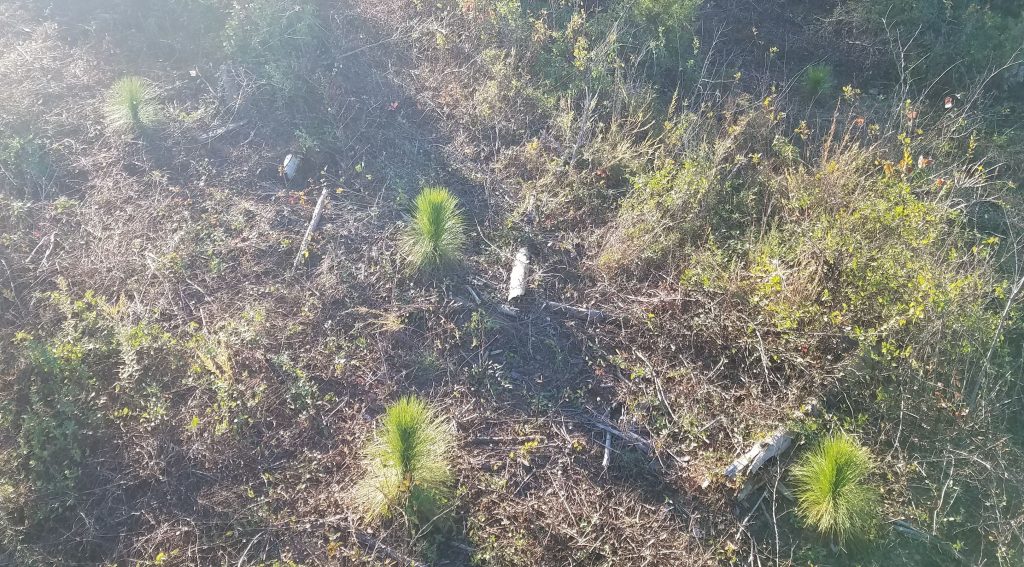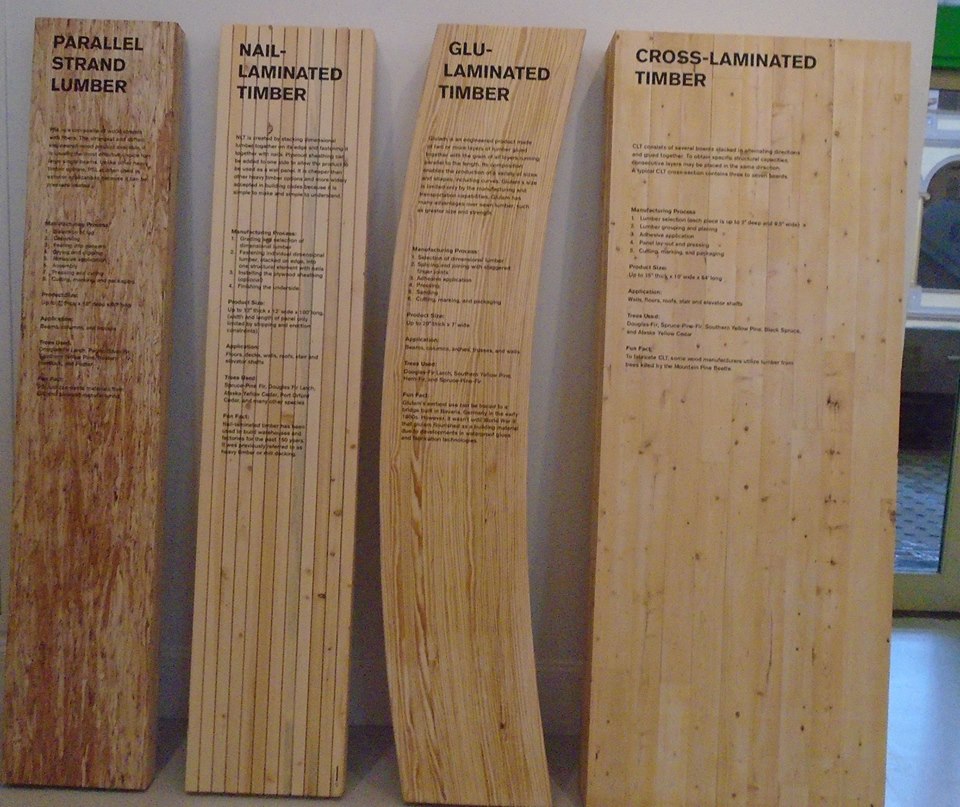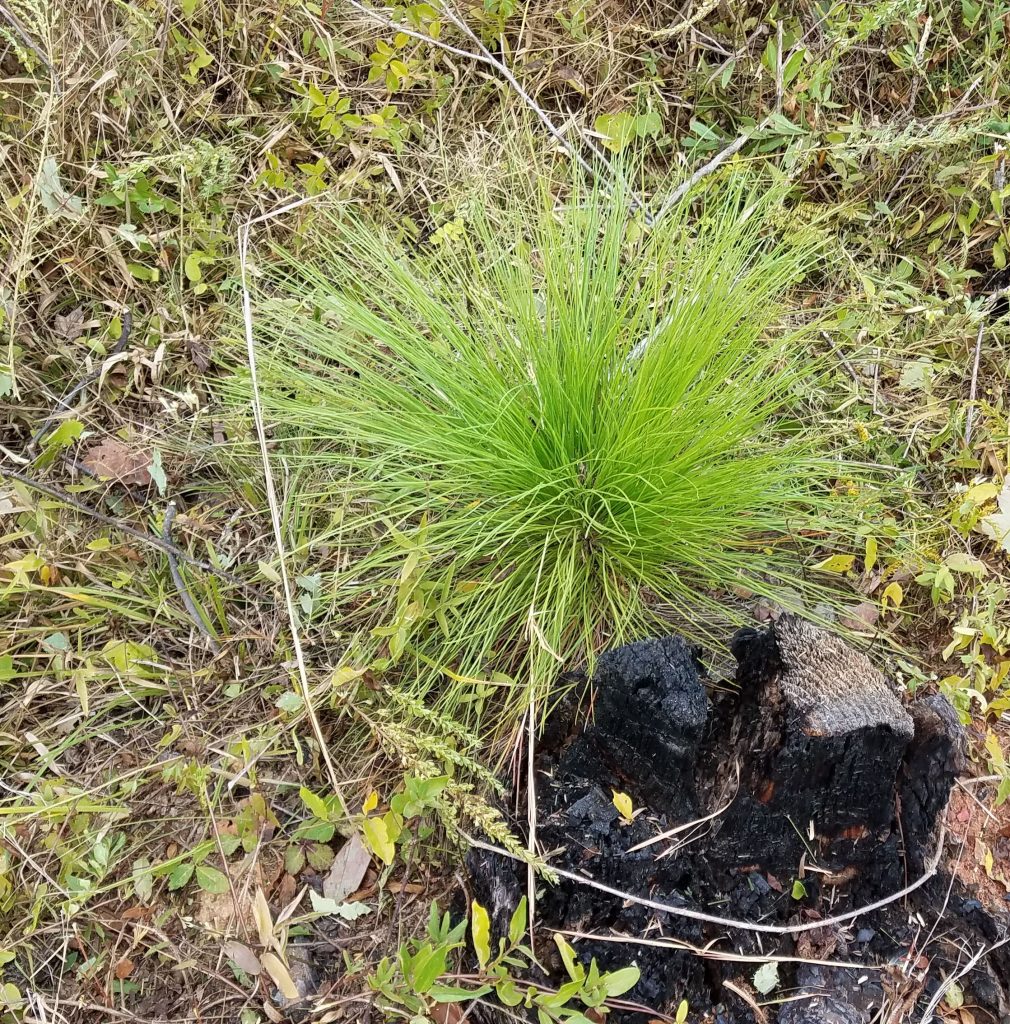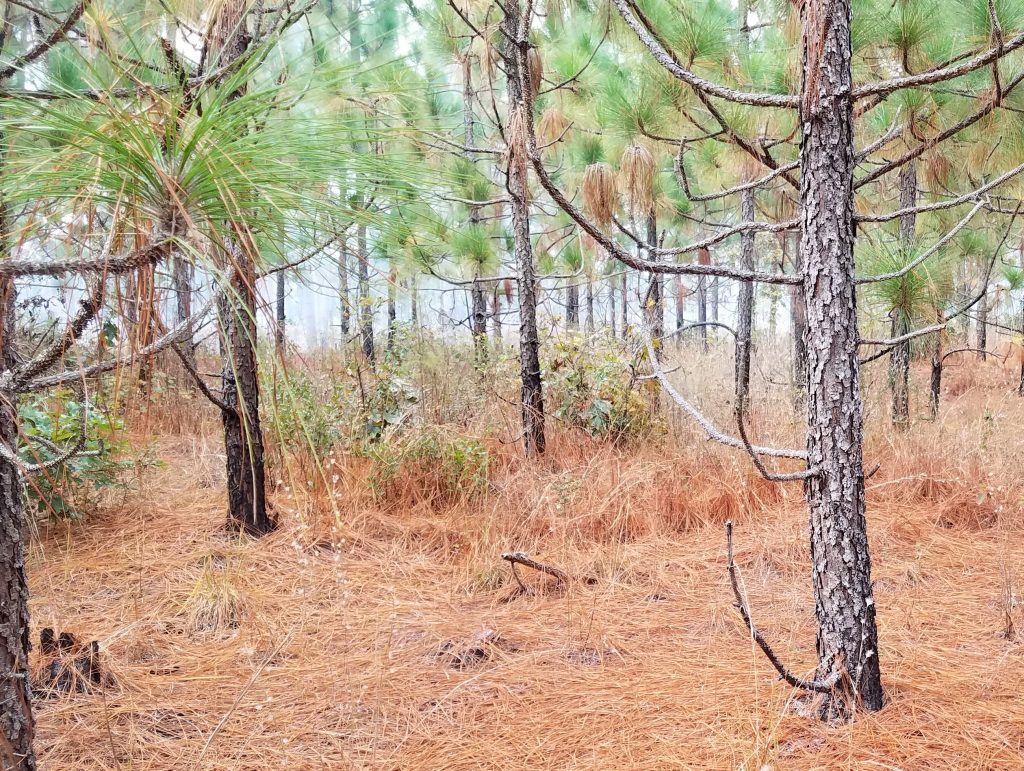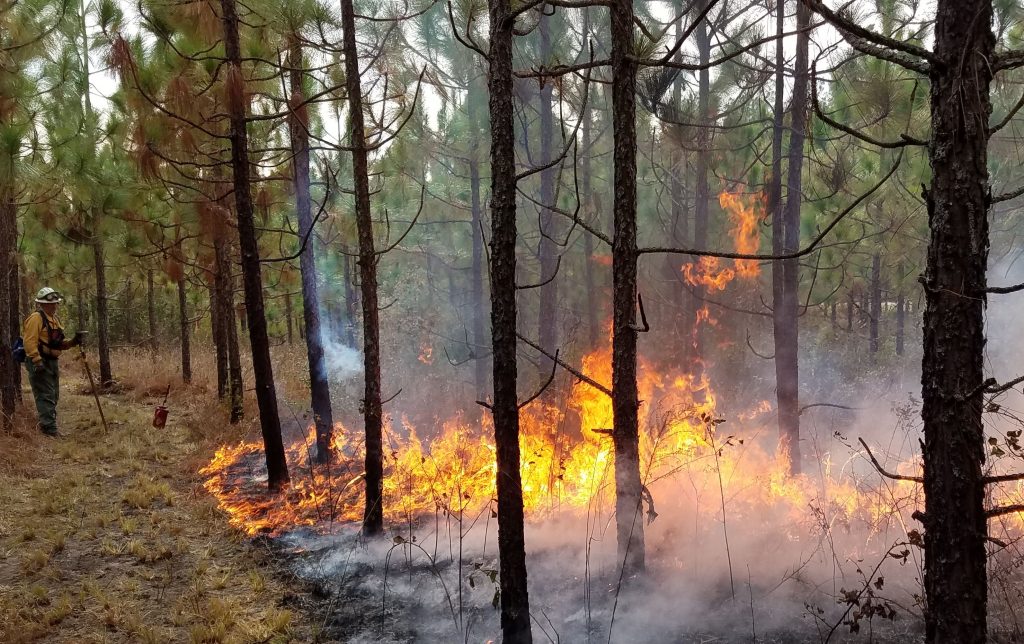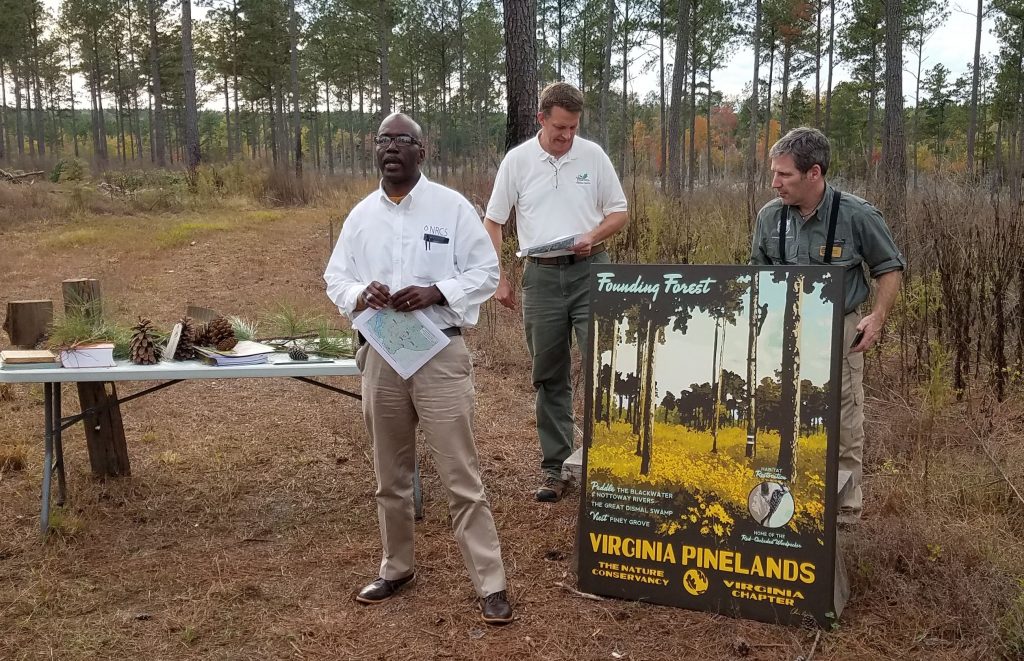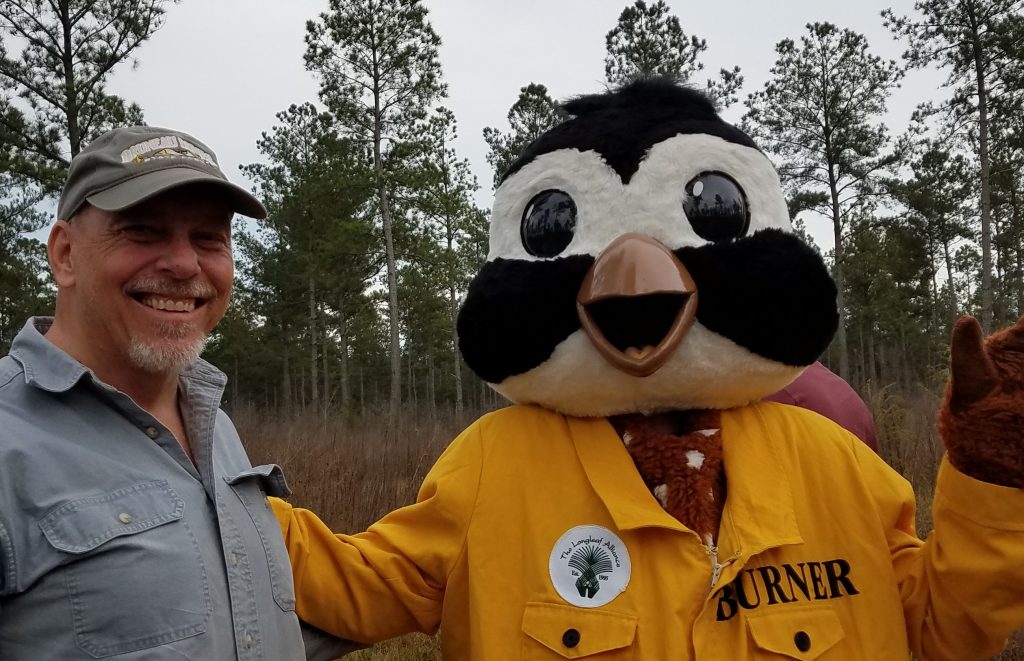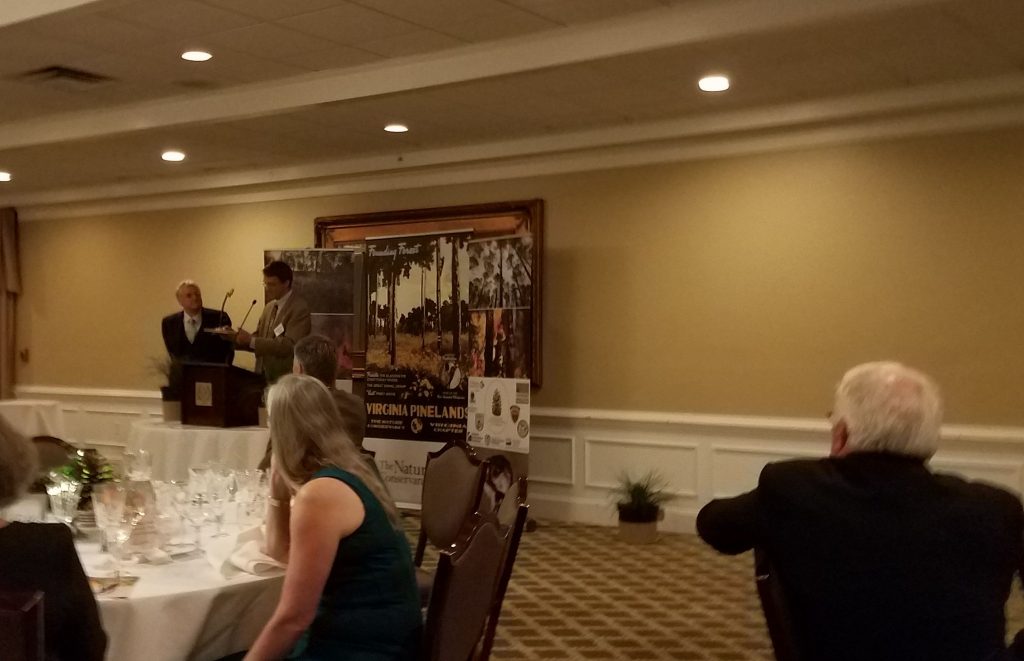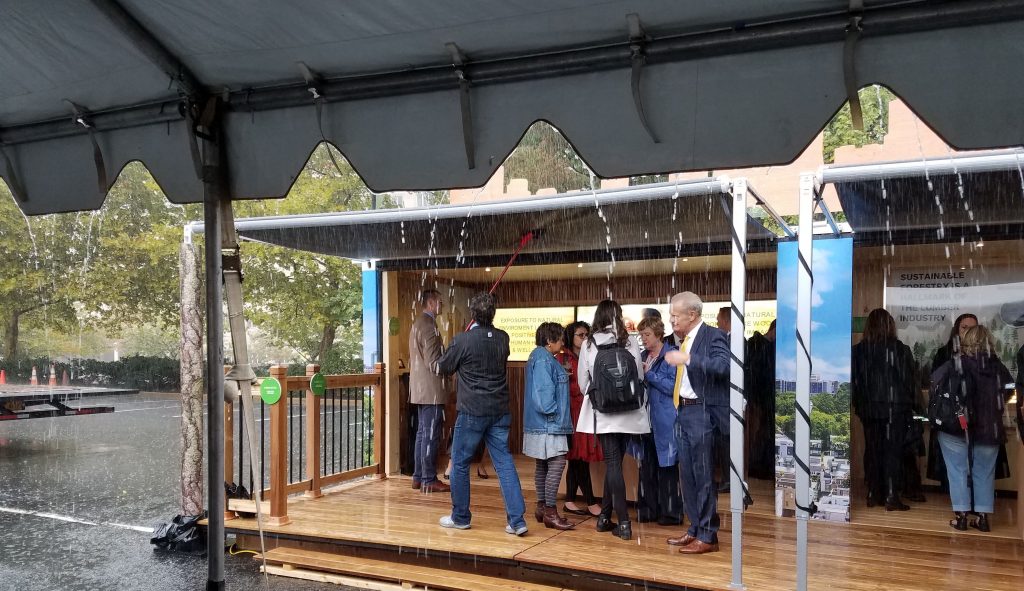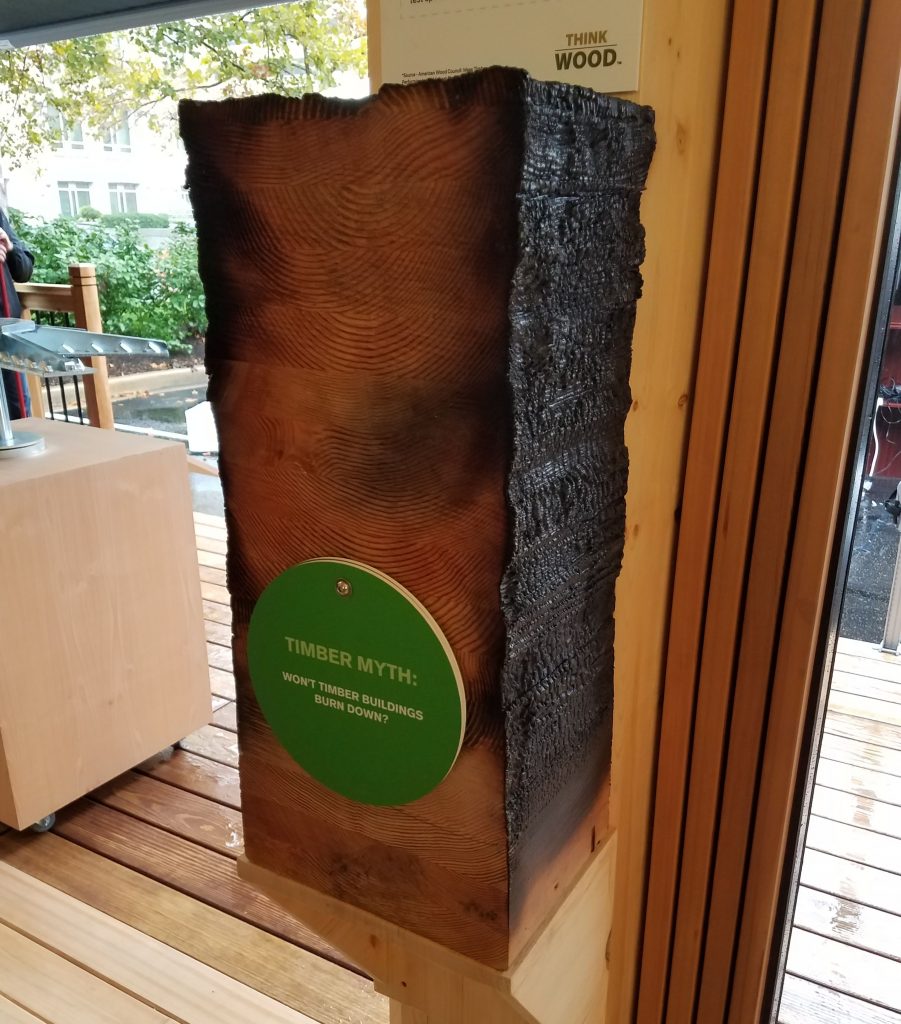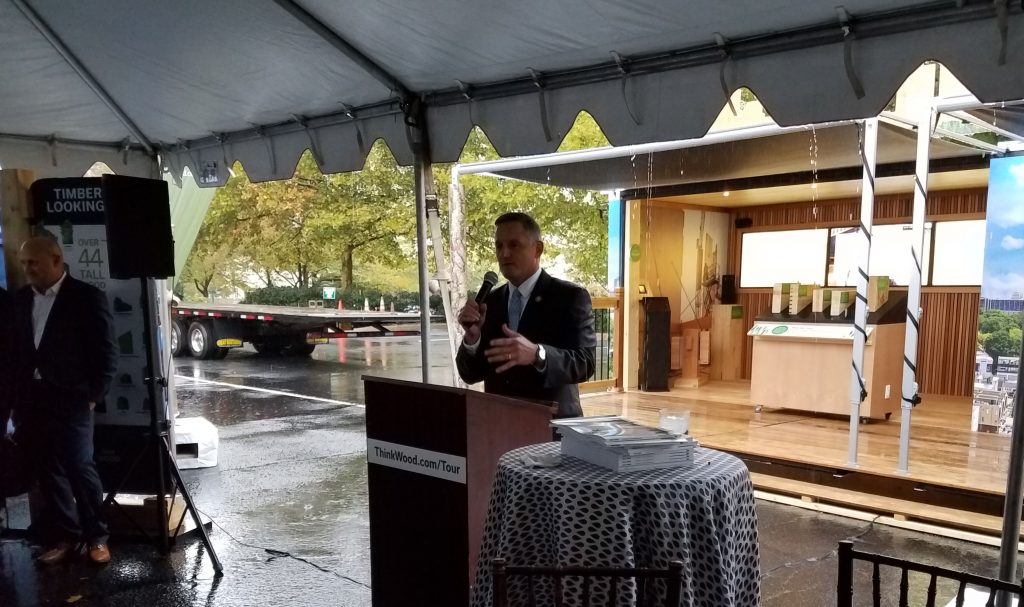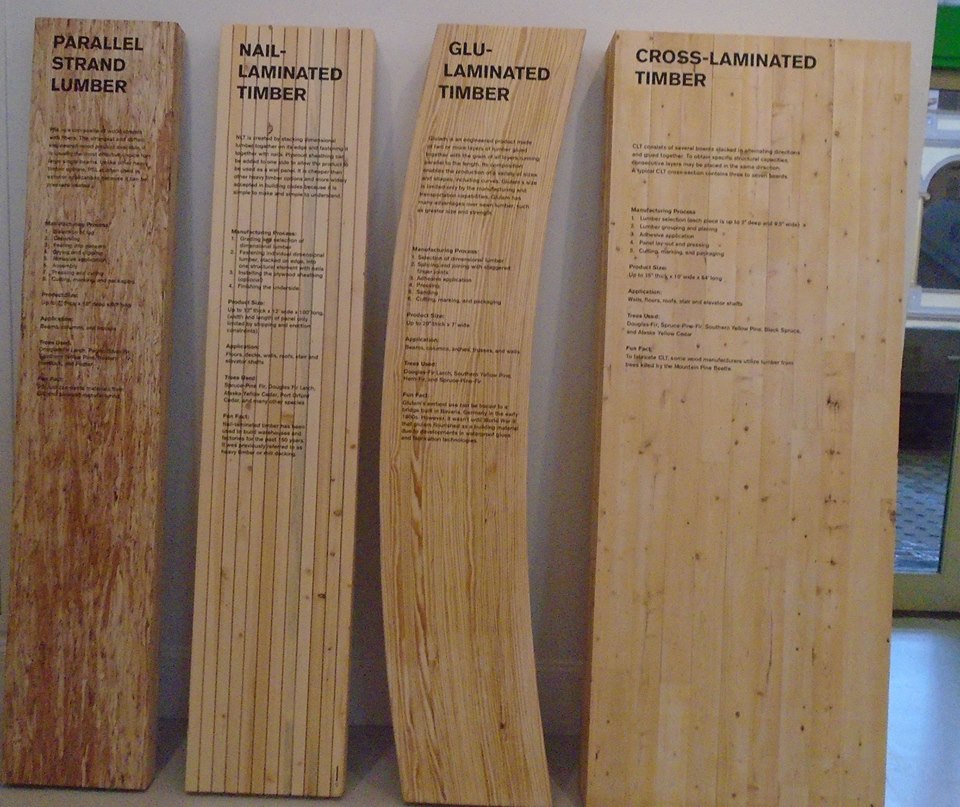This is the first longleaf academy in Virginia, so even thought I attended one before (in Georgia), I really wanted to be here for this one that started yesterday and will finish tomorrow. Around a million acres in Virginia were covered by longleaf when the first settlers arrived at Jamestown. It was our founding forest and among the first exports from Jamestown was pitch from Virginia’s pines. Longleaf was too valuable and settlers thought it was limitless. They were mistaken. By around 2000, there were only 200 native Virginian longleaf. That is 200 trees, not 200 acres.
Timber cutting, pigs and no fire
I will say more about the history in my next posts. For now, suffice to mention three factors: the timber value drove the settlers to harvest, over harvest, the forests. They might have grown back except that the settlers also brought with them pigs and allowed them free range. Pigs especially favored longleaf roots and rooted up whole forests of seedlings. Even that might not have finished longleaf, but they also stopped burning. Longleaf ecology is fire dependents. All these factors together doomed longleaf in Virginia, but we nothing is really destroyed until it is replaced. Longleaf could have become a forest champion, except that loblolly proved more economical.
Loblolly is a great tree
Loblolly is a wonderful tree. I have a lot of them on my land and I am happy with them. It grows faster than longleaf in its first twenty years and twenty years is sometime all you need, since they can be made into pulp before that. A longleaf pine can live more than four hundred years, while a loblolly is lucky to live past a century. But nobody needs more than fifty years if they are harvesting timber. Loblolly is the kind of tree that you can plant and mostly forget until you harvest. Longleaf is harder to grow and it requires fire. I know the travails of growing longleaf from personal experience. Why bother?
Value of forest diversity
I have written elsewhere about the great ecological value and diversity of the longleaf ecosystem. The longleaf ecology is the most diverse in non-tropical America. I want to restore in Virginia what was and can be again. Let me vastly simplify here. Trees are more than wood and forest are more than trees and all of us at this conference understand the value of forest, not just trees and trees, not just wood, or at we least want to understand better.
All ecosystems are wonderful; some are wonderful(er)
All ecosystems are wonderful in their own ways, but there are some that are iconic in their regions and some I especially love. I love the white pine ecology and the beech-maple-basswood forest of home. I feel a special bond with the ponderosa pine-montane forests in the Rockies. And my most recent love, the one I can really work with, is the longleaf pine. This is important. I can admire many, but this is one where my efforts can make a (small) difference. That is why I am here.
More notes tomorrow.
My first picture is from the opening of the conference. It is held at Southeast 4-H Educational Center in Wakefield. Next two pictures are from there. Last two pictures are the ferry over the James River. When I got a hotel for the conference, I chose one that was about 30 miles away. There is not much closer, BTW, since this is fairly rural. I did not count on the commute. You have to take a ferry across the James River. It is okay and it is free, but it adds about a half hour or more when you include transit and waiting time.

